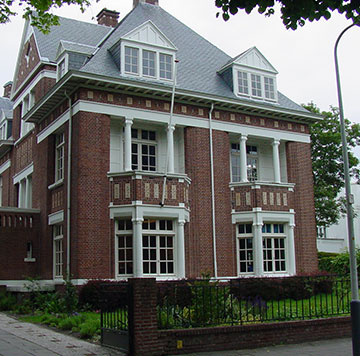RFMO-04 - Rapid fire session from selected oral abstracts
P1-P2
Investigation For Neuroprotective Activity Of Iris Kashmiriana For Treatment Of Dementia Of Alzheimer’s Type
- By: SARIKA, Sarika (Shoolini University of Biotechnology and Management Sciences, India)
- Co-author(s): Ms Sarika Sarika (Shoolini University, Solan, India)
- Abstract:
- Background: Flavonoids has an ability to combat with oxidative stress caused in Alzheimer’s disease. Iris kashmiriana rhizome is a rich source of isoflavonoids and isoflavones like irigenin, nigricin, irilone, and irisolidone.
- Purpose: The present study was designed to evaluate neuroprotective activity of Iris kashmiriana bioactive fraction in ICV-STZ induced neurodegeneration in rats.
- Materials and methods: Rhizome part is defatted using petroleum ether and 90% hydroethanolic extract is prepared. Plant fractions using chloroform, ethyl acetate, n-butanol as solvent were prepared from the extract. An in-vitro screening tests include Nitric oxide, H202 and DPPH scavenging assays. Rat (pheochromocytoma) PC12 cell lines of extract and fractions against amyloid-β and. In in-vivo study employing Wistar rats weighing 250-280g was performed. Streptozotocin at 3 mg/kg via ICV route was given on first day and the bioactive fraction (butanolic fraction) at (80 mg/kg p.o.) was administered daily for 21 days. A statistical analysis was carried out using Graph pad Prism 5.
- Results: In in-vitro tests the bioactive fraction prevents cytotoxicity in DPPH, NO and H2O2 with IC50 values 30.36±0.12 µg/ml, 78.8±0.13µg/ml, 26.19±0.11µg/ml respectively. The concentrations of cells showed significant increase when treated with bioactive fraction (Effect shown was 90% at concentration 10 µg/ml, 110% at concentration 50 µg/ml, 120% at concentration 100 µg/ml and 92% at concentration 150 µg/ml). ICV-STZ treated animals exhibited memory deficits in the Morris water maze (mean dwell time 17±4 for Normal control, 30±1 for Sham, 16±1 for STZ, 28±5 for STZ+ n-butanolic fraction), Y maze (Alteration% was 45±1 for normal, 43±0.5 for Sham, 28±1.5 for STZ, 29±0.5 for STZ+ n-butanolic fraction), open field test (mean time spent 14±4 for normal, 13±4 for Sham, 7±0.5 for STZ, 12±4 for STZ+ n-butanolic fraction) and photo actometer test (mean ambulatory score was 450±50 for normal, 460.16±10 for Sham, 380.5±30 for STZ, 480±30 for STZ+ n-butanolic fraction). Administration of butanolic fraction produced significant restoration of memory dysfunction. Biochemical estimations of thiobarbituric acid reactive substances (0.6±0.4 for normal, 0.3±0.01 for Sham, 1.3±0.1 for STZ, 0.2±0.01 for STZ+ n-butanolic fraction), reduced glutathione and acetylcholinesterase levels (0.6±0.2 in normal, 0.6±0.4 in Sham, 1.1± 0.3 in STZ, 0.3± 0.5 in STZ+ n-butanolic fraction) in brain.
- Conclusion: The findings of the present study revealed that the extract and fractions of Iris kashmiriana possess protective role against Alzheimer type dementia in ICV-STZ rats as can be seen from its anti-oxidant, anti-inflammatory and neuroprotective potential. The rhizomes of this plant can therefore be used to manage neurodegenerative disorders including AD.
- Topic area: Together for better health outcomes.

